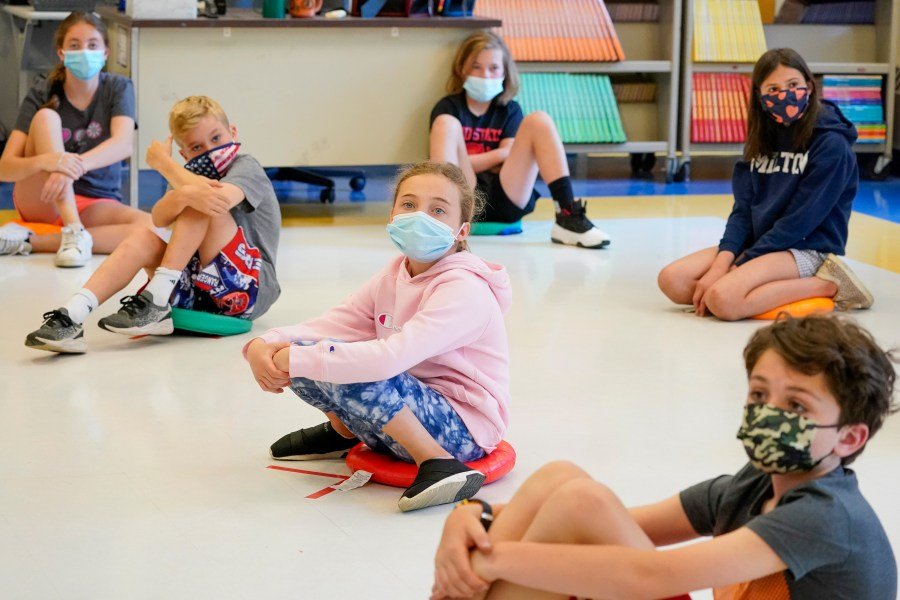AUSTIN (KXAN) — As Texas schools reopen, medical experts urge parents, students, and teachers to follow health precautions to help keep both students and staff healthy and in the classroom.
Dr. Jill Nichols, Pediatrician at Austin Diagnostic Clinic and St. David’s Children’s Hospital, said that respiratory infections, infectious diseases, and other common illnesses have been on the rise all summer.
As KXAN has recently reported, COVID-19 cases have also surged this summer. Texas had a 31.8% positivity rate as of Aug. 11.
“Emergency visits over the last couple of weeks for COVID are up about 20 to 25% and we’re also seeing small increases in emergency room visits for things like flu and RSV, but a smaller percentage and increase in percentage from weeks prior,” Nichols said.
Nichols said the Nimbus variant has circulated widely this summer, and when variants like this mutate, the virus becomes slightly more transmissible.
“But like all other COVID variants, it can be a multi-system illness, meaning you can have lots of different kinds of symptoms,” Nichols said.
Common illnesses spreading in schools
Aside from COVID, many other viruses can be quickly spread throughout classrooms as school is back in session. Nichols said those illnesses can range from a common cold, stomach viruses, or respiratory viruses, parainfluenza, flu, bronchitis, RSV, strep throat, and even sinus infections.
“Again, the main thing that we are seeing the highest increase in rates of ER visits for is going to be COVID at the moment, but also we’re starting to see increases in rates of things like influenza and RSV,” Nichols said.
Symptoms to look out for
Nichols said many common illnesses in schools share similar symptoms, making it difficult to know exactly what a child has caught. She said parents should watch for fever, cough, sore throat, headache, body aches, fatigue, stomach issues, itchy or watery eyes, trouble breathing, and persistent vomiting or diarrhea.
“I think that it is hard to know exactly what’s going on with somebody if they’ve had symptoms for five minutes, but if they’re ever acting sick, no matter how long they’ve had symptoms, we would want to see them,” Nichols said.
Fighting germs in the classroom
Being prepared to fight these germs ahead of time can be most effective. Ensure you or your student is following healthy habits; Practicing proper hand washing, not touching the face, and covering the mouth when coughing or sneezing.
Always be prepared by packing essential items in backpacks like hand sanitizer, disinfecting wipes, and even a mask. Follow a wellness routine such as ensuring you get proper sleep, eat balanced meals and snacks, and keep up with recommended vaccinations.
Keeping students and staff safe
When students are back on campus for the new school year, it is common to hear staff discuss the importance of students not missing a day of school. Unfortunately, that is not the best idea when a student is experiencing any of the above symptoms.
Health experts like Nichols recommend keeping your child home if they report feeling ill, to keep all students and staff safe and healthy.
“In the end, we are all in school more when things are circulating less. So if everyone just took a little more care with when to send their child back to school, using your doctor’s advice and using your common sense, then I think that we would all be a lot healthier,” Nichols said.
